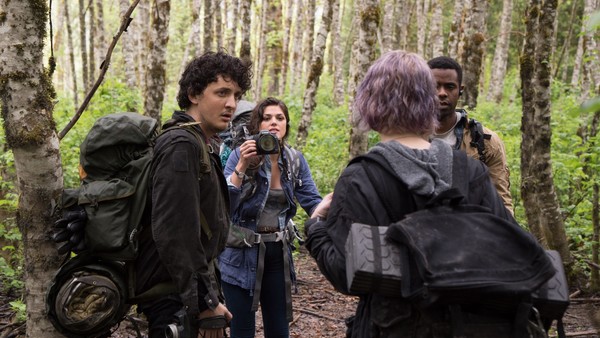What Does The Ending Of Blair Witch Really Mean?
The Generation Gap

One of the big differences between The Blair Witch Project and the more sveltey titled sequel is the mentality of its heroes. Both are obnoxious film school types, but they're from different generations; Heather, Josh and Mike are stone-cold Gen-Xers, whereas James, Lisa and co are millennials.
This is immediately obvious in the attitudes of the characters. The new batch readily fall back on humour and an almost removed disbelief even after creepy things have started happening, and because this is a school project, rather than an attempt to genuinely make a piece of great cinema, they opt to head back to civilisation a lot more readily. This is how modern twenty-somethings would act, but it's not only here where Wingard distinguishes his 2016 film from the 1999 one; everything is ramped up, which reflects the trends of modern cinema.
You also have an element of meta legacy, as any good legacy-quel would have, with several characters directly influenced by the effects of the previous film; James is driven by the loss of his sister, a viewer looking for answers, while Lane and Talia are Blair Witch obsessives who've read every article (read: viral piece) and want to see what they've always suspected.